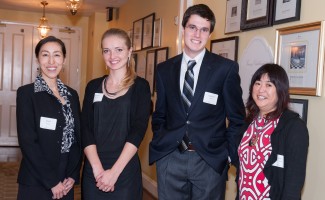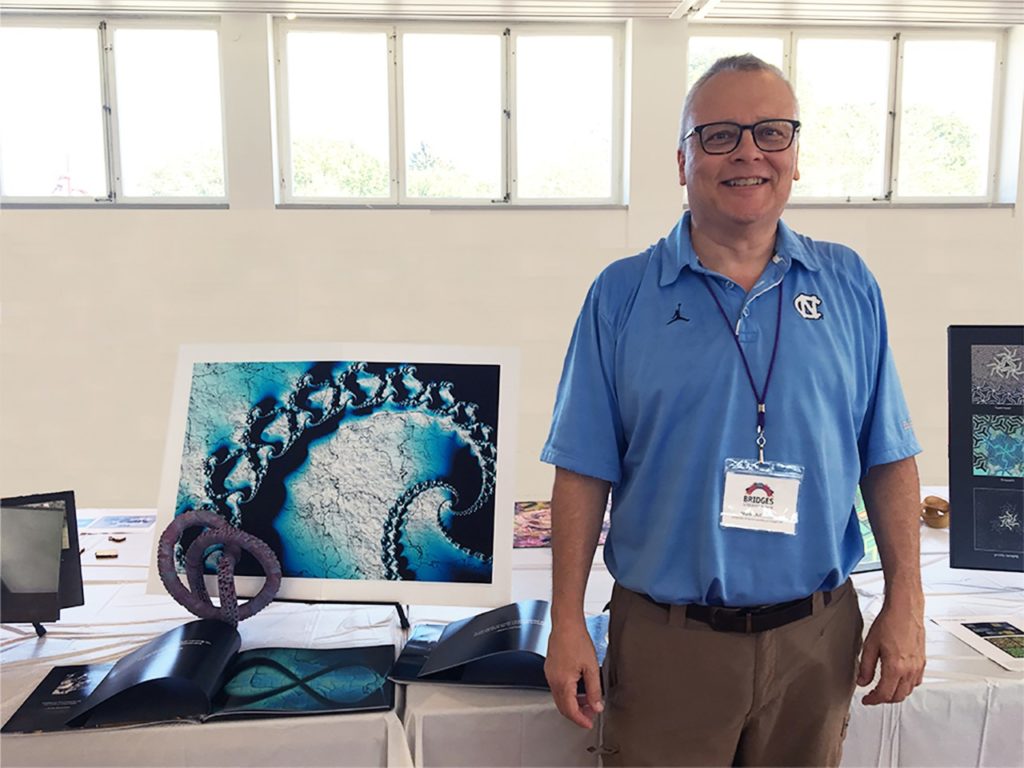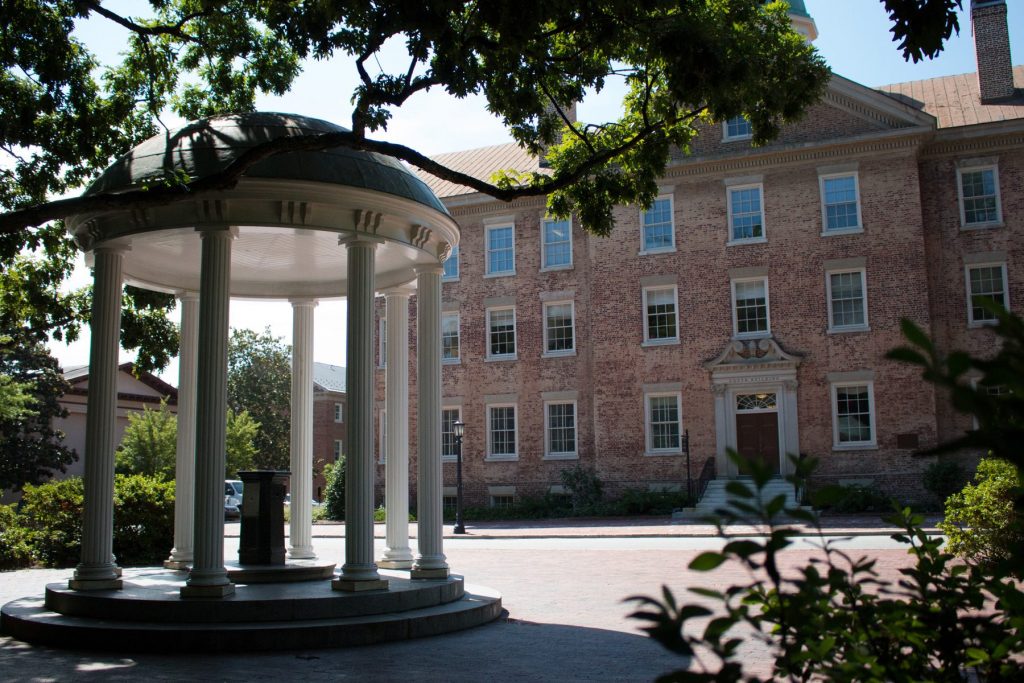Undergraduate researcher Andie McKinnon spent this past summer mapping fruit trees on public lands in Chapel Hill to answer the question: Can the fruit trees be used as a food source to help those in need?
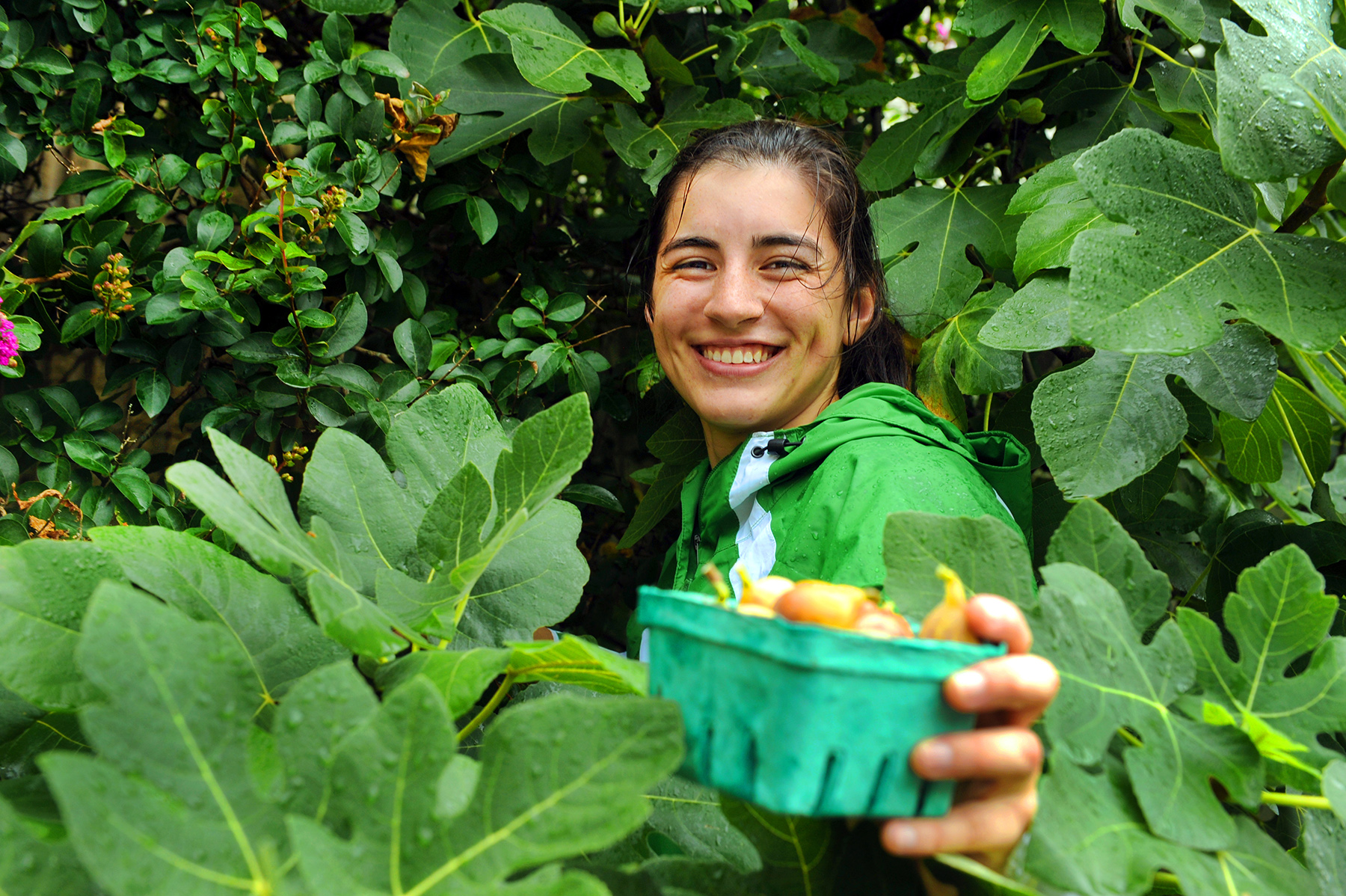
Andie McKinnon did a double take when she saw what she calls a “monster fig tree” on the side of a parking deck on Rosemary Street in downtown Chapel Hill.
A seminar she took last spring on the history, stories and culture of Southern apples got her thinking more about fruit trees and specifically the location of fruit trees on public lands.
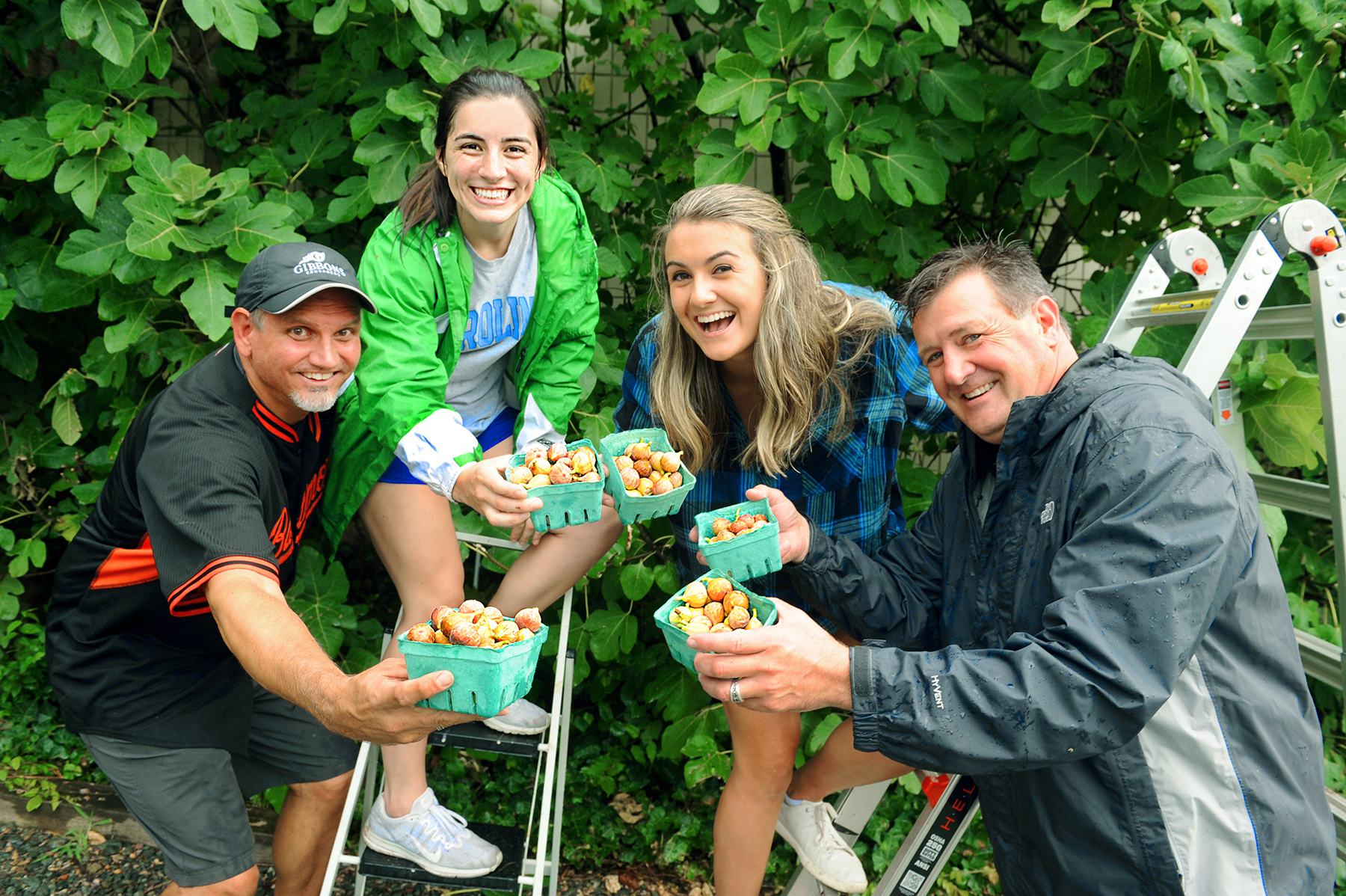
With a 2019 Summer Undergraduate Research Fellowship from the Office for Undergraduate Research, the senior food studies major decided to explore the question: Can a map be created of fruit trees on public lands in Chapel Hill, and can the trees then be used to help fight food insecurity?
With guidance from associate librarian Philip McDaniel, McKinnon learned how to use ArcGIS, a cloud-based interactive mapping system, to plot the fruit trees she found. She also created a U.S. map of nonprofit organizations that are tapping unique strategies to use fruit trees to benefit their communities.
But where to start in Chapel Hill? She began by thinking literally of her own backyard.
“The Bolin Creek Trail is behind my house, so that’s where I started,” said McKinnon, who is also pursuing a sustainability minor. “I began thinking about all the greenways and trails in town so I looked at a parks and recreation department map to find other possibilities.”
Her original goal was to find 30 trees; she ended up locating about 70 trees and fruit bushes in Chapel Hill. In addition to the fig tree, she found muscadines, blackberries, raspberries, elderberries, mulberries, persimmons, various nut trees and a pawpaw tree — a tree that is native to the eastern United States. She described the pawpaw fruit as “custardy, kind of like a mango and banana.” The persimmon tree is on Polk Place on the UNC campus.
McKinnon also hosted a “Fig Pickin’” on a summer Sunday afternoon at the Rosemary Street parking deck and — with permission of the owner — picked more figs from a tree on the Merritt’s Grill lot on Columbia Street.

Volunteers collected 28 pounds of figs and donated the produce to the Interfaith Food Pantry in Chapel Hill.
McKinnon found out that the challenge with regular fruit harvesting in public spaces is that the bushes and trees are often scattered far apart on greenways and pathways. Getting to the fruit often requires walking miles to potentially harvest a small supply.
“Does the effort make sense for the reward? It wasn’t the answer I really wanted,” McKinnon said.
But the connections she made led her to take the project in a different direction and to partner with several local groups who might be interested in planting fruit trees.
She reached out to Carrboro High School, which already has a thriving school garden. This fall she will help students plant several Southern heritage apple trees. They will learn about North Carolina history, genetic diversity, food security and food processing as part of the project.
She also contacted Edible Campus UNC, which may replace some evergreen bushes with fruit bushes behind Davis Library.
And officials at Chapel Hill Parks and Recreation were eager to embrace her idea; she’ll work with them this fall on planting apple, pear and fig trees at the Chapel Hill Community Center on Estes Drive. Future fruit pickings or celebrations could be held there.

McKinnon said she enjoyed her first real foray into research and spending so much time on one project. She hopes to apply for further grant funding to explore how organizations around the country are using different models to fight food insecurity.
“I had the most fun ever,” she said. “I feel like there’s room to grow. This research is just the beginning of harnessing that potential.”
McKinnon also reached out to university arborist Tom Blythel for consultation on her project. Her adviser was Elizabeth Engelhardt, John Shelton Reed Distinguished Professor of Southern Studies and interim senior associate dean for fine arts and humanities in the College of Arts & Sciences.
UNC-Chapel Hill celebrates University Research Week Nov. 4-8.
View McKinnon’s summer project presentation.
By Kim Weaver Spurr

